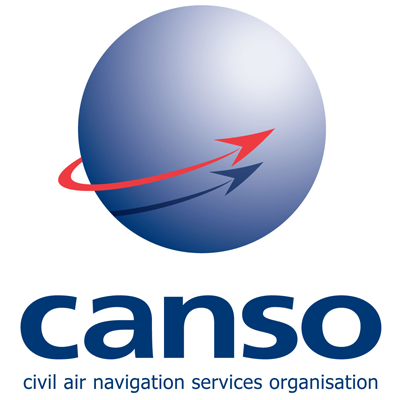CANSO launches major initiative to improve runway safety by reducing unstable approaches
- Like
- Digg
- Del
- Tumblr
- VKontakte
- Buffer
- Love This
- Odnoklassniki
- Meneame
- Blogger
- Amazon
- Yahoo Mail
- Gmail
- AOL
- Newsvine
- HackerNews
- Evernote
- MySpace
- Mail.ru
- Viadeo
- Line
- Comments
- Yummly
- SMS
- Viber
- Telegram
- Subscribe
- Skype
- Facebook Messenger
- Kakao
- LiveJournal
- Yammer
- Edgar
- Fintel
- Mix
- Instapaper
- Copy Link
Posted: 18 June 2013 | CANSO | No comments yet
Major initiative to improve runway safety…


CANSO, the Civil Air Navigation Services Organisation, has launched a major initiative to improve runway safety at airports. The initiative provides a runway safety checklist for airports and air navigation service providers (ANSPs) as well as key tips for both pilots and air traffic controllers.
Launching the initiative at the CANSO Global ATM Summit, CANSO Director General Jeff Poole said, “Safety is our number one priority and the initiative on unstable approaches aims to reduce the risk of a significant runway incident or accident. By partnering with regulators, airports, airlines and ANSPs, CANSO has developed global safety tools that will make a major contribution to safe flying.”
A runway excursion is an event in which an aircraft veers off or overruns the runway surface during either take-off or landing. There are many factors that can cause a runway excursion, including runway contamination, adverse weather conditions, mechanical failure, pilot error and unstable approaches. This CANSO initiative focuses on unstable approaches.
A stable approach is vitally important to the safe conclusion of a flight. The pilot needs to be in a safe position to land. If the aircraft does not meet the criteria for a stable approach, such as being at the wrong height, flying too fast or approaching at the wrong angle, the approach will most likely be an unstable one. According to the International Air Transport Association (IATA), an unstable approach was identified as a contributing factor for 17% of accidents between 2008 and 2012.
Poole added, “Air traffic control (ATC) plays an important role in contributing to safe, stable approaches and reducing the risk of runway excursions. This includes ensuring that controllers appreciate what is required for a pilot to achieve a stabilised approach, issuing proper clearances and providing timely and accurate weather information. We have produced one-page easy-to-read ‘key tips’ for pilots and air traffic controllers (ATCOs) to make sure that aircraft are managed safely in the final stage of flight before landing. We are also focused on ensuring that the right systems are in place to improve runway safety overall through our Runway Safety Maturity Checklist.”
As well as the key tips for pilots and ATCOs, the material that is being launched includes a revised and updated education booklet “Unstable Approaches – ATC Considerations,” as well as an app that can be downloaded to smart devices such as tablets and smartphones at www.cansosafety.com. The Runway Safety Maturity Checklist is designed to be used by ANSPs, airlines, airport operators, regulators and ATEL/ANAV providers to benchmark their levels of maturity with regard to managing runway safety risks. The checklist identifies key elements of risk control and uses a series of questions to assess the maturity of an organisation against each element.
The material is based on risk models developed by controllers, pilots, airport operators, regulatory and safety specialists from around the world. This methodology identified key risk areas that might lead to a runway excursion. One of the aims is to improve understanding and working relationships between pilots and controllers so both understand the risk factors involved in an unstable approach and can mitigate them.
Poole concluded, “CANSO will now work with its industry partners, governments and regulators to roll out these materials and to ensure widespread adoption and awareness across the industry. We urge all organisations to take advantage of the best practices that are contained in the key tips, app, booklet and other materials in order to achieve significant improvements in runway safety”.













